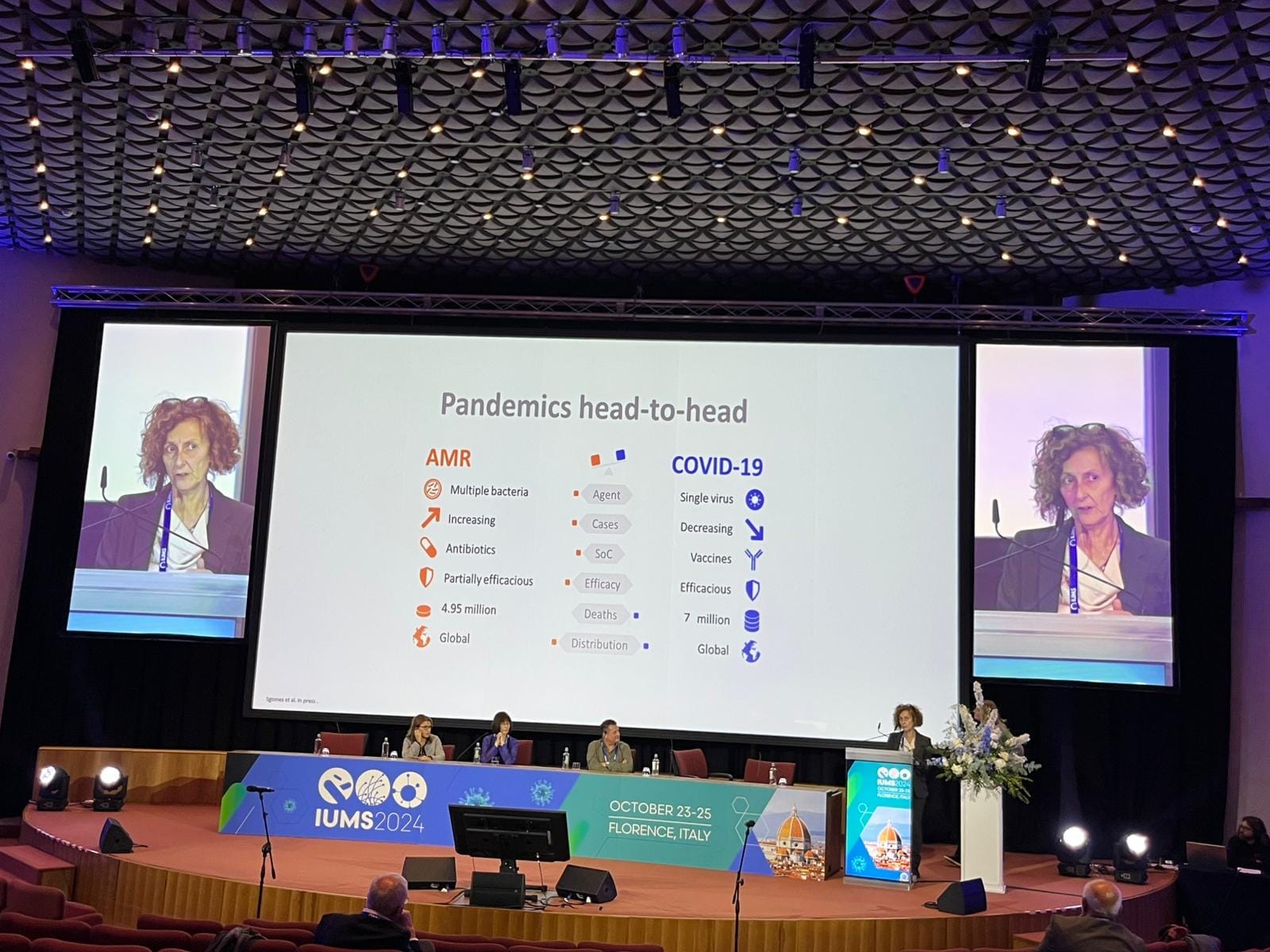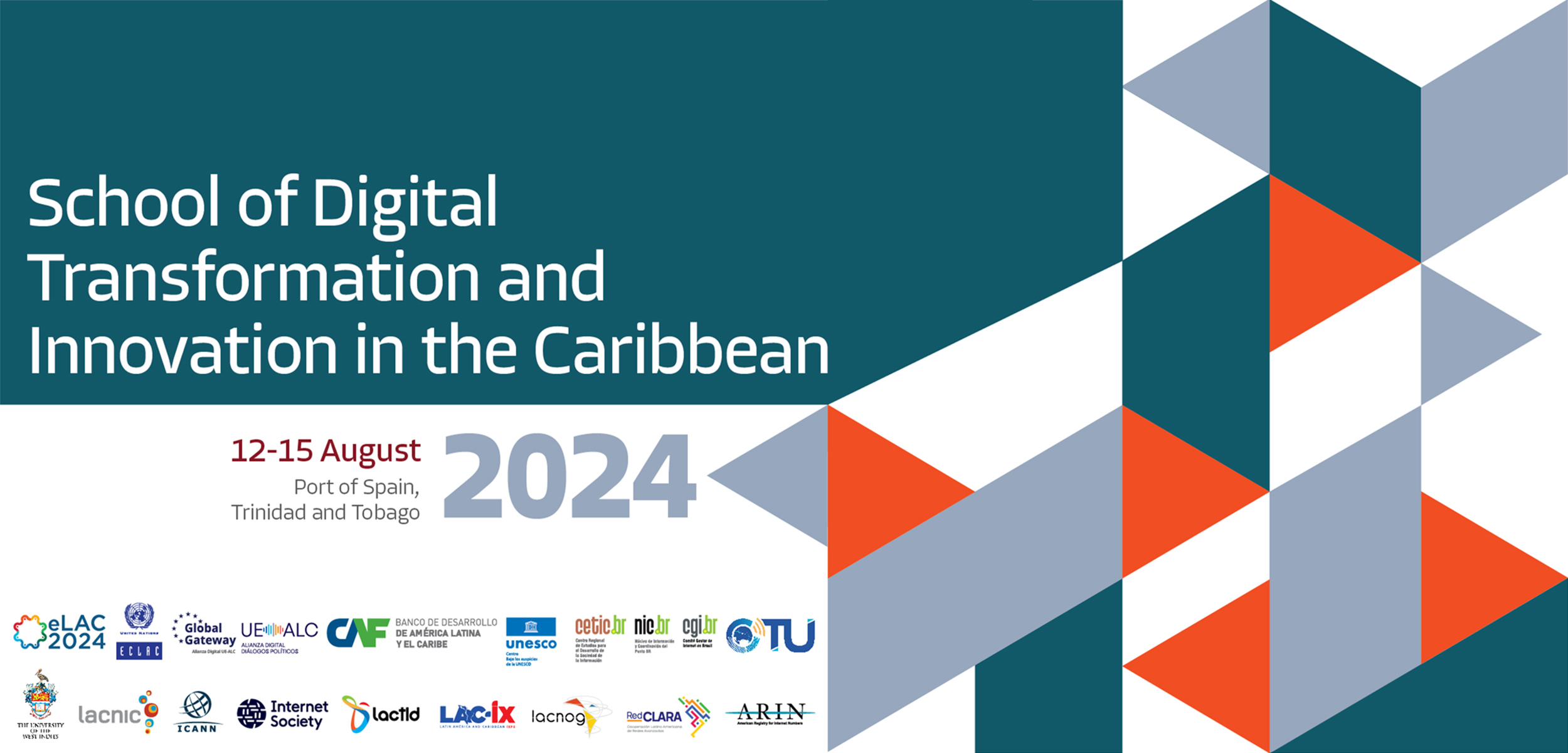The Committee on SMEs and Entrepreneurship (CSMEE)
The Committee on SMEs and Entrepreneurship (CSMEE) spearheads the OECD’s efforts to provide Member Countries with policy analysis, indicators, statistics, and recommendations to unlock the potential of SMEs and entrepreneurship.
Objectives
- Enhancing SME productivity and innovation
- Addressing barriers to finance
- Facilitating international market access
- Promoting skills development
Supporting Sustainable Development Goals (SDGs)
The CSMEE is committed to supporting the Sustainable Development Goals (SDGs) set by the United Nations. By focusing on SMEs and entrepreneurship, the committee contributes to various SDGs, including:
- No Poverty
- Decent Work and Economic Growth
- Industry, Innovation, and Infrastructure
- Reduced Inequalities
- Sustainable Cities and Communities
- Responsible Consumption and Production
- Climate Action
- Partnerships for the Goals
SME Digitalisation and Sustainability
The CSMEE recognizes the importance of SME digitalisation and sustainability in today’s rapidly evolving business landscape. It supports the efforts of governments and main stakeholders in fostering SME digitalisation and sustainability while navigating associated risks.
Informal Steering Group on SME and Entrepreneurship Financing
The Informal Steering Group on SME and Entrepreneurship Financing complements the work of the CSMEE. It investigates trends and policy endeavors aimed at facilitating access to finance for SMEs and entrepreneurship.
SDGs, Targets, and Indicators
1. Which SDGs are addressed or connected to the issues highlighted in the article?
- SDG 8: Decent Work and Economic Growth
- SDG 9: Industry, Innovation, and Infrastructure
- SDG 10: Reduced Inequalities
- SDG 17: Partnerships for the Goals
The issues highlighted in the article, such as enhancing SME productivity and innovation, addressing barriers to finance and international market access, and supporting SME digitalization and sustainability, are connected to the SDGs mentioned above. SDG 8 focuses on promoting inclusive and sustainable economic growth, employment, and decent work for all. SDG 9 aims to build resilient infrastructure, promote inclusive and sustainable industrialization, and foster innovation. SDG 10 aims to reduce inequalities within and among countries. SDG 17 emphasizes the importance of partnerships to achieve the goals.
2. What specific targets under those SDGs can be identified based on the article’s content?
- SDG 8.3: Promote development-oriented policies that support productive activities, decent job creation, entrepreneurship, creativity, and innovation.
- SDG 9.3: Increase the access of small-scale industrial and other enterprises to financial services, including affordable credit, and their integration into value chains and markets.
- SDG 10.2: By 2030, empower and promote the social, economic, and political inclusion of all, irrespective of age, sex, disability, race, ethnicity, origin, religion, or economic or other status.
- SDG 17.17: Encourage and promote effective public, public-private, and civil society partnerships, building on the experience and resourcing strategies of partnerships.
Based on the article’s content, these specific targets align with the issues discussed. Target 8.3 focuses on promoting policies that support entrepreneurship, creativity, and innovation, which is relevant to enhancing SME productivity and innovation. Target 9.3 aims to increase the access of small-scale enterprises to financial services and markets, addressing the barriers to finance and international market access mentioned in the article. Target 10.2 emphasizes the importance of reducing inequalities and promoting inclusion, which relates to addressing barriers and fostering sustainability for SMEs. Target 17.17 highlights the need for partnerships, which is relevant to the efforts of governments and stakeholders in fostering SME digitalization and sustainability.
3. Are there any indicators mentioned or implied in the article that can be used to measure progress towards the identified targets?
- Indicator 8.3.1: Proportion of informal employment in non-agriculture employment, by sex.
- Indicator 9.3.1: Proportion of small-scale industries in total industry value added.
- Indicator 10.2.1: Proportion of people living below 50 percent of median income, by age, sex, and persons with disabilities.
- Indicator 17.17.1: Amount of United States dollars committed to public-private and civil society partnerships.
Although the article does not explicitly mention indicators, the identified targets can be measured using the indicators mentioned above. Indicator 8.3.1 measures the proportion of informal employment, which can indicate progress in promoting decent job creation and entrepreneurship. Indicator 9.3.1 measures the proportion of small-scale industries, providing insights into the integration of SMEs into value chains and markets. Indicator 10.2.1 measures the proportion of people living below 50 percent of median income, reflecting progress in reducing inequalities. Indicator 17.17.1 measures the financial commitment to partnerships, indicating the effectiveness of public-private and civil society collaborations.
4. Table: SDGs, Targets, and Indicators
| SDGs | Targets | Indicators |
|---|---|---|
| SDG 8: Decent Work and Economic Growth | Target 8.3: Promote development-oriented policies that support productive activities, decent job creation, entrepreneurship, creativity, and innovation. | Indicator 8.3.1: Proportion of informal employment in non-agriculture employment, by sex. |
| SDG 9: Industry, Innovation, and Infrastructure | Target 9.3: Increase the access of small-scale industrial and other enterprises to financial services, including affordable credit, and their integration into value chains and markets. | Indicator 9.3.1: Proportion of small-scale industries in total industry value added. |
| SDG 10: Reduced Inequalities | Target 10.2: By 2030, empower and promote the social, economic, and political inclusion of all, irrespective of age, sex, disability, race, ethnicity, origin, religion, or economic or other status. | Indicator 10.2.1: Proportion of people living below 50 percent of median income, by age, sex, and persons with disabilities. |
| SDG 17: Partnerships for the Goals | Target 17.17: Encourage and promote effective public, public-private, and civil society partnerships, building on the experience and resourcing strategies of partnerships. | Indicator 17.17.1: Amount of United States dollars committed to public-private and civil society partnerships. |
Source: oecd.org







